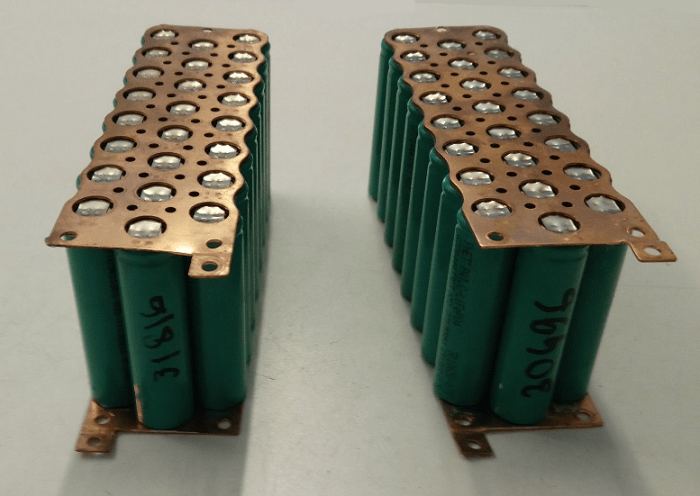kdog
10 kW
OK I looked it up. I suspect that a mechanical switch (relay) is too slow to respond quickly enough. And the timer only goes down to 0.1sec which is already too long, and... The 0.1s increments are too big. This results in way too much power due to the long pulse (and a relay is likely to be inaccurate at such short time frames)
You need an SSR (silicon based relay) that can pulse down to less than 10ms. Given that you are working with AC (50-60hz)you'll also need a timing circuit that can give you at least this degree of control so you can let through halves of AC waves. Most switch at the zero point of the wave form.
Reducing your amps (without shortening the pulse) to the point where you're not blowing holes will result in crappy welds , like burns, that heat the battery too much.
PS.
I guess if you are using flimsy 0.1 or 0.15mm nickel you could try going up to 0.2mm and see if that helps, but you really should try to fix the timing issue first
You need an SSR (silicon based relay) that can pulse down to less than 10ms. Given that you are working with AC (50-60hz)you'll also need a timing circuit that can give you at least this degree of control so you can let through halves of AC waves. Most switch at the zero point of the wave form.
Reducing your amps (without shortening the pulse) to the point where you're not blowing holes will result in crappy welds , like burns, that heat the battery too much.
PS.
I guess if you are using flimsy 0.1 or 0.15mm nickel you could try going up to 0.2mm and see if that helps, but you really should try to fix the timing issue first


